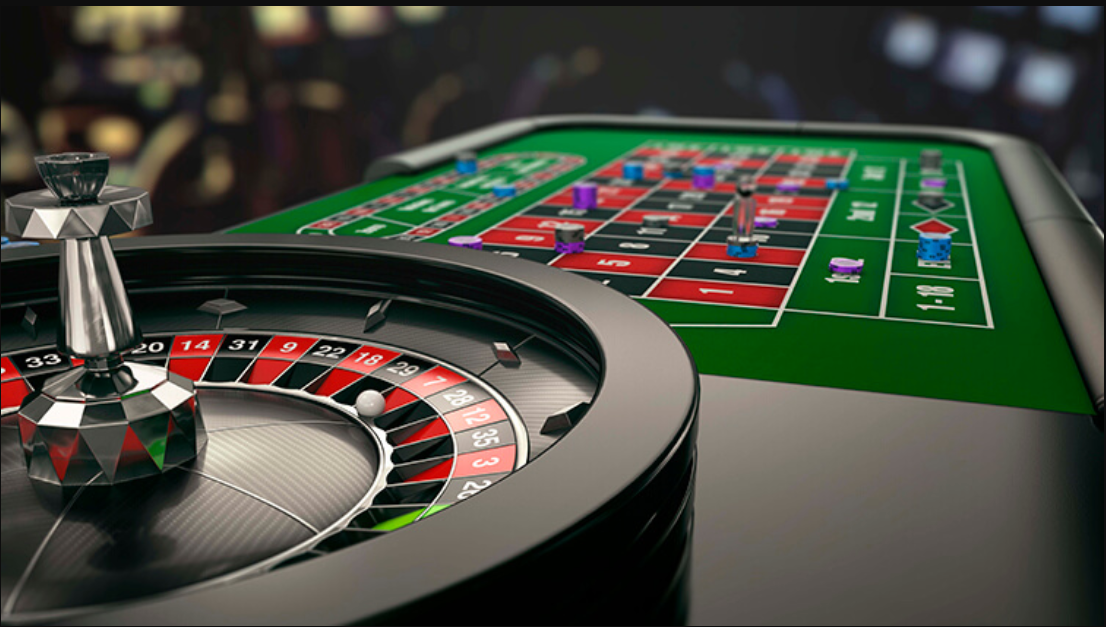The Psychological principles That drives Casino Game Development

Casino games have long captivated human interest, drawing participants into a realm filled with chance, planning, and the allure of adventure. Each experience is painstakingly crafted not just for fun, but also to evoke specific emotional responses that keep participants engaged and committed. Understanding the motivations behind these designs reveals much about how psychology plays a vital role in the gaming experience.
From the dazzling lights and lively sounds to the complex layering of rules and payoffs, casino games are designed to create an atmosphere of excitement and anticipation. Game designers leverage psychological principles to influence gambler behavior, whether through the use of winning opportunities, close-call situations, or social interactivity. By examining these factors, we can better appreciate how casino games fulfill not just a desire for entertainment, but underlying psychological needs for thrill and uncertainty.
Grasping Player Behavior
Casino games are crafted with a deep grasp of player psychology, which is essential for drawing in and keeping players. The thrill of the game, alongside the anticipation of winning, produces a formidable allure. Game designers utilize elements like sonic elements, dynamic graphics, and captivating gameplay to engage attention and generate emotional responses. These sensory elements enhance the immersive experience, making players feel more invested in the game.
Another important aspect of player behavior is the notion of risk versus reward. https://ga179.com/ Casino games often balance risky situations with the potential for considerable rewards, which can lead to the phenomenon known as near-miss experience. When players come within reach to winning, the brain produces dopamine, strengthening their behavior and encouraging them to continue playing in search of that hard-to-reach win. This cycle of hope and letdown plays a crucial role in how games are designed and marketed.
Lastly, social factors also play a pivotal role in player behavior at casinos. Many games are designed to be played in groups or with other players, fostering a sense of togetherness and communal experience. The community engagement inherent in games like blackjack enhances enjoyment and can culminate in longer play sessions. Designers capitalize on this by creating environments that invite players to stay, interact, and revisit, making the overall casino experience more attractive.
The Role of Imagery and Sound
Imagery and sound play a significant role in improving the gambler’s experience within gambling games. Designers utilize bold colors, striking graphics, and engaging animations to attract players' attention and maintain their focus. The use of motifs, such as exploration or luxury, helps create an engaging atmosphere that takes players into a different world. By appealing to the senses, these elements add to a heightened emotional response, prompting players to engage more deeply with the games.
Sound design is just as important in reinforcing the overall experience of casino games. The combination of background music, sound effects for successful combinations, and environmental noises creates an auditory landscape that holds players enthralled. Audio cues associated with wins, such as chiming bells or festive music, evoke feelings of thrill and reward, prompting players to keep playing. These sound cues are carefully placed to enhance the thrill of the game and create a more engaging experience.
Additionally, the alignment of visuals and audio is crucial for supporting the game's overall theme and mood. Each element should coordinate seamlessly to create a cohesive experience that pulls players in. The effective use of this integration not only improves user enjoyment but also increases the chances of repeat play, as players become more engaged in the immersive world that the gambling games offer. This thoughtful combination of visuals and sound ultimately enhances player engagement and loyalty.
Reward Systems and Engagement
The creation of casino games heavily relies on incentive systems to keep players involved and returning for more. These structures are rooted in psychological principles that take advantage of human behavior and desire. Participants are often motivated by the thrill of success, which is reinforced by instant responses through the game's mechanics. This prompt satisfaction not just enhances the overall experience but also cultivates a sense of achievement, encouraging participants to keep participating in hopes of greater gains.
Casinos utilize various reward structures, such as jackpots, extra rewards, and multipliers, to captivate players. These elements create a layer of thrill that maintains engagement. Additionally, the randomness of outcomes plays a significant role in keeping attention. The intermittent reinforcement schedule, where successes are unpredictable but happen often enough, keeps participants on edge and driven to continue participating. This cycle of hope and expectation is foundational to the effectiveness of casino games.
Moreover, social elements, such as competitive events and collaborative options, enhance the participation factor by leveraging the desire to compete of participants. The shared experience of gaming with fellow participants can intensify the excitement of winning and create a community atmosphere within the gaming space. By combining these social dynamics with effective reward systems, gambling experiences not only offer fun but also foster a stronger bond among participants, reinforcing their commitment to the overall experience.
